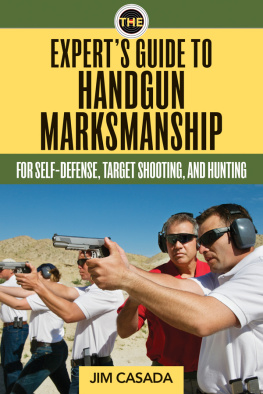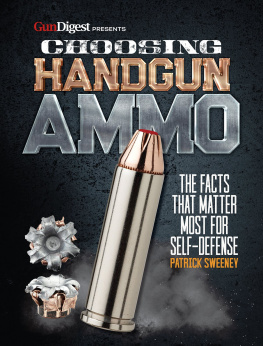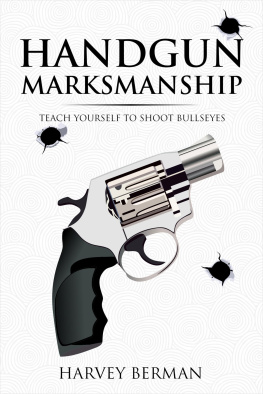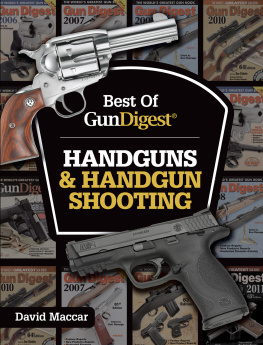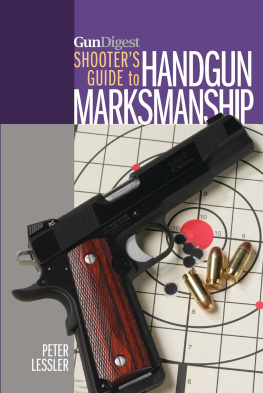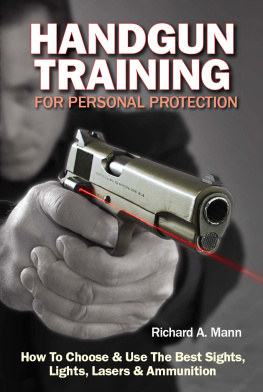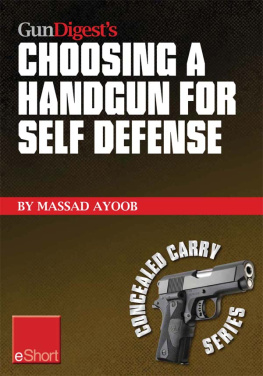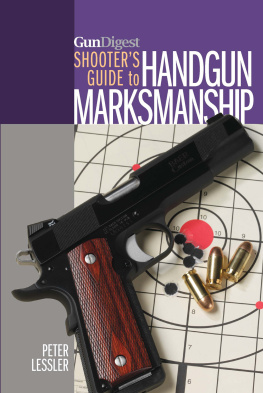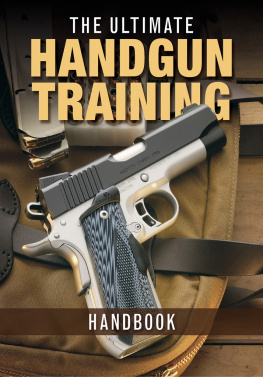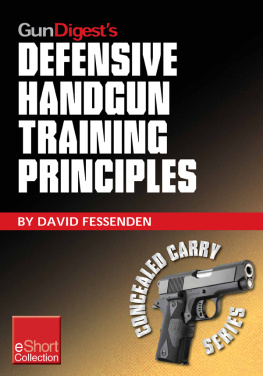

Copyright 2010 Palladium Press, L.L.C.
First Skyhorse Publishing edition 2015.
Excerpts from Jack O Connors Sportsmans Arms and Ammunition Manual (1952) Copyright Time 4 Media, Inc. Reprinted with permission from OutdoorLife Magazine. All rights reserved. Reproduction in any medium is strictly prohibited without permission from Time 4 Media, Inc. Such permission may be requested from OutdoorLife Magazine.
Portions of this book appear courtesy of Bradford OConnor,
Caroline O Connor McCullam, and Catherine O Connor.
All rights reserved. No part of this book may be reproduced in any manner without the express written consent of the publisher, except in the case of brief excerpts in critical reviews or articles. All inquiries should be addressed to Skyhorse Publishing, 307 West 36th Street, 11th Floor, New York, NY 10018.
Skyhorse Publishing books may be purchased in bulk at special discounts for sales promotion, corporate gifts, fund-raising, or educational purposes. Special editions can also be created to specifications. For details, contact the Special Sales Department, Skyhorse Publishing, 307 West 36th Street, 11th Floor, New York, NY 10018 or info@skyhorsepublishing.com.
Skyhorse and Skyhorse Publishing are registered trademarks of Skyhorse Publishing, Inc., a Delaware corporation.
Visit our website at www.skyhorsepublishing.com.
10 9 8 7 6 5 4 3 2 1
Library of Congress Cataloging-in-Publication Data is available on file.
Print ISBN: 978-1-62914-749-9
Ebook ISBN: 978-1-62914-940-0
Printed in the United States of America
CONTENTS

INTRODUCTION
THE PURPOSE OF THIS BOOK

This book is about target shooting with a handgun (with the exception of a small section on handgun hunting, which for most of us is only an infrequent activity). However, in my opinion, the popularity of target shooting with a handgun belies, or is incidental to, the overriding reason people are buying, owning, and training themselves in the use of handguns in ever-growing numbersself-defense.
During the last century or so, by far the most popular use of the handgun has been for target shooting. It is estimated that several million Americans engage in the sport of shooting at targets simply for practice, for pleasure, or to engage in competition matches. Likely every small town in America has at least one handgun shooting range.
But today, as law-abiding Americans witness the rise of violent crime in their neighborhoods, the increased use of guns by criminals, the higher rates of recidivism among our prison populations, and the pardons of many violent felons, many of our citizens are turning to another important use of the handgun: self-defense. And it is to that purpose that this book is dedicated: to school you in handgun target shooting in order to equip you with the skills to effectively defend yourself and others against felonious attack.
The handgun is the ideal tool for self-defense. It is relatively short and small, can be operated with one hand if necessary, can be conveniently stored and carried, and, unlike a rifle or shotgun, can be brought into action and used in the close confines of a room in your home, or even your automobile.
But if a handgun has to be used, it has to be used effectively; that is, accurately . The irresponsible discharge of a handgun in untrained hands is like the detonation of a stick of dynamite. Its effects are random, unpredictable, and potentially deadly.
This is an awesome personal responsibility. You would not be taking the time to read this book if you did not agree. And to meet that responsibility, you must train yourself in the effective and accurate use of the handgun . This requires two things. First, you must study and learn the principles of handgun marksmanship set forth in the following pages. Second, you must put these principles into action with repetitive sessions of handgun target shooting on the range. Mastering handgun marksmanship by target shootingat whatever distance and degree of accuracy you wish to achieveis the absolute prerequisite to the effective use of the handgun in defense of yourself and others.
A Brief History of the Handgun
For centuries wars were won and men died by the sword. All of that changed with the invention of gunpowder sometime during the twelfth or thirteenth century, followed by the invention of cannons, muskets, and handguns sometime during the fourteenth century.
Since then, the handgun has acquired more notoriety than any other type of firearm, probably because of its association with a number of famous historical events, including the duel in 1804 between Alexander Hamilton and Aaron Burr that resulted in Hamiltons death; the death of Russian poet Alexander Pushkin in an 1837 duel; the battles of the American Civil War, during which prolific use of the handgun by Union and Confederate forces became widespread; John Wilkes Booths assassination of Abraham Lincoln in 1865 (with a Philadelphia derringer); and the legendary encounters between gunslingers and lawmen on our western frontier in the 1900s.
At first, handguns were crude, almost toylike, unreliable weapons. But over time a series of changes were made that improved reliability. Chief among these were firing mechanisms that ignited gunpowder to create the energy to propel a lead ball down the barrelfirst the matchlock , which used match cord to ignite gunpowder in a flash pan; then the wheel lock , which created sparks to ignite the powder; followed by snap lock, snaphaunce , and flintlock designs, which utilized a variety of hammer devices to strike a small piece of flint to produce ignition. These handgun ignition mechanisms prevailed for nearly two hundred years, even though they were frequently subject to misfire and had the disadvantage in night combat of revealing the shooters position by the flash of the igniting gunpowder.
These deficiencies were cured in 1807 when the Scottish minister Alexander John Forsyth invented the percussion-cap lock, in which the firing mechanism no longer used a flash pan, but rather a tube leading straight into the gun barrel to ignite a cap that exploded when struck. Caplock revolvers proved to be a tactical success in the Civil War, when thousands were used by both Union and Confederate forces.
Thereafter, throughout the balance of the nineteenth century and into the twentieth century, in America as well as Europe, numerous new handgun mechanisms were invented, including single- and double-action revolvers, the Lee box magazine, semiautomatic mechanisms, and both rimfire and centerfire handgun cartridges.
In America, four handgun designs are worthy of special mention.
First, and unquestionably the most famous handgun design in American history, is that of Samuel Colt, including the 1836 Colt Paterson revolver and its famous successors: Colts Walker Army revolvers, used by the U.S. Cavalry in the Mexican War of 18461848; and Colts Navy or 1851 Colt model.
Another enduring American handgun design was that of John Browning, the 1911 Colt .45, made famous by its tremendous stopping power when used by the U.S. Army against Moro guerrillas in the Philippines at the turn of the twentieth century.
Next page
